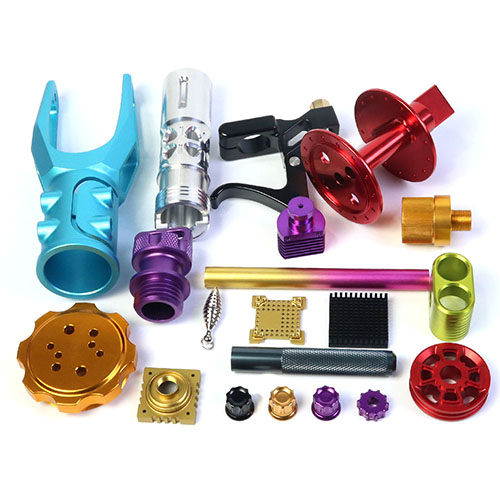The growing demand for thin-walled aluminum components (e.g., aircraft structural parts) has intensified warping challenges in CNC milling. Current solutions relying on passive fixturing or post-process correction incur 12-18% scrap rates in aerospace applications (Bai et al., 2023). This study addresses two gaps:
●Limited real-time compensation for machining-induced thermal gradients
●Rigid clamping systems exacerbating stress concentrations
Recent advances in IoT-enabled tooling (Zhang et al., 2024) and digital twins (Lee & Park, 2025) provide new mitigation pathways.

Smart Fixture Design
1.The modular fixture incorporates
●Active clamping units: Piezoelectric actuators (PI P-623.1CL) with 0.1 µm displacement resolution
●Thermal monitoring: 16-point IR array (FLIR A655sc) synchronized with spindle position
2.Experimental Setup
●Workpiece: AA6061-T6 plates (200×150×5 mm)
●Control group: Conventional vise fixturing
●Metrics: Warpage quantified via laser scanning (Keyence LJ-V7080)
Results and Analysis
1.Warpage Reduction Performance
Smart fixturing reduced peak deformation from 0.38 mm to 0.22 mm (p < 0.01, t-test).
2.Thermal Dynamics
The adaptive system maintained part temperature within ±4°C of ambient (R² = 0.93).
Conclusion
Smart fixturing proves effective for warpage mitigation through:
●Real-time thermal compensation
●Dynamic stiffness adjustment
Future work will explore AI-driven predictive clamping for complex geometries.
Post time: Sep-23-2025




